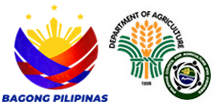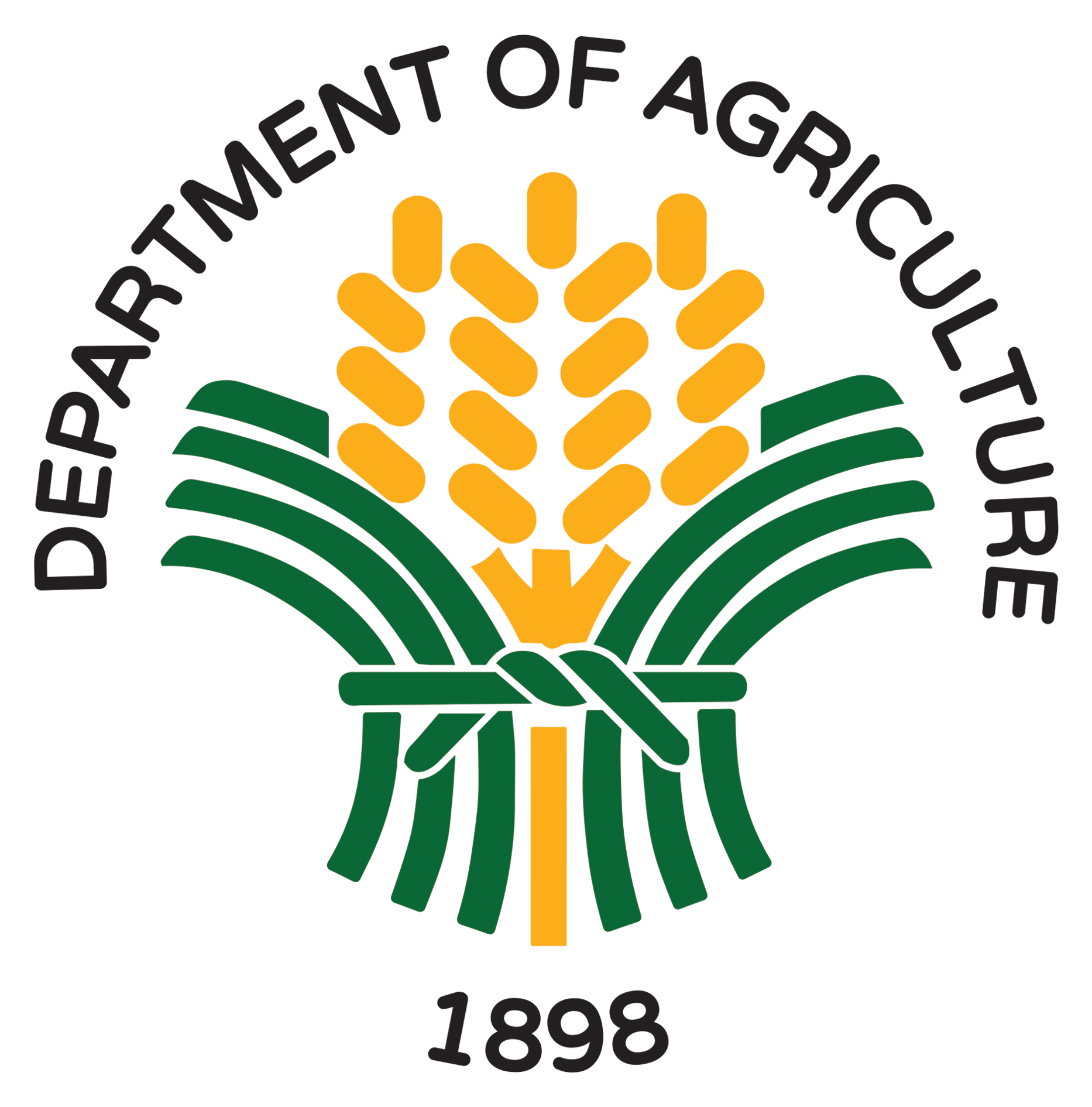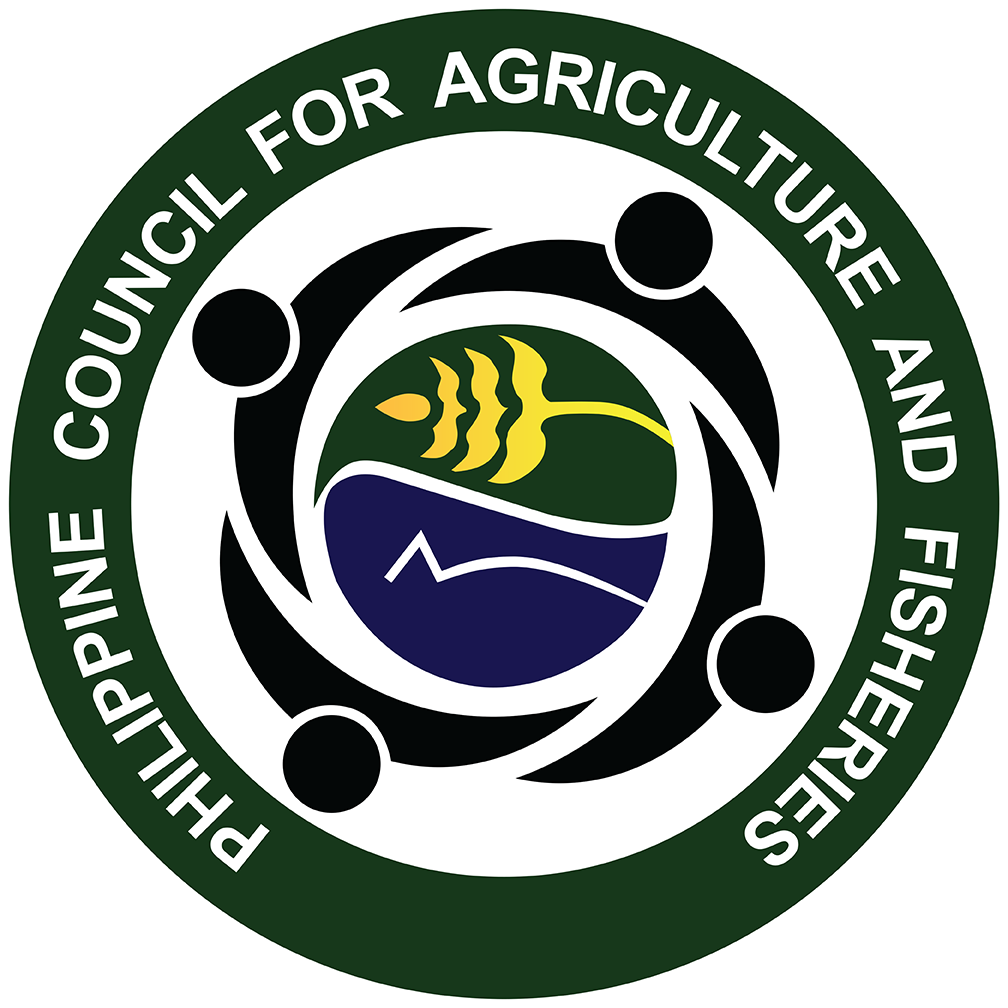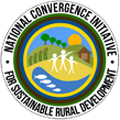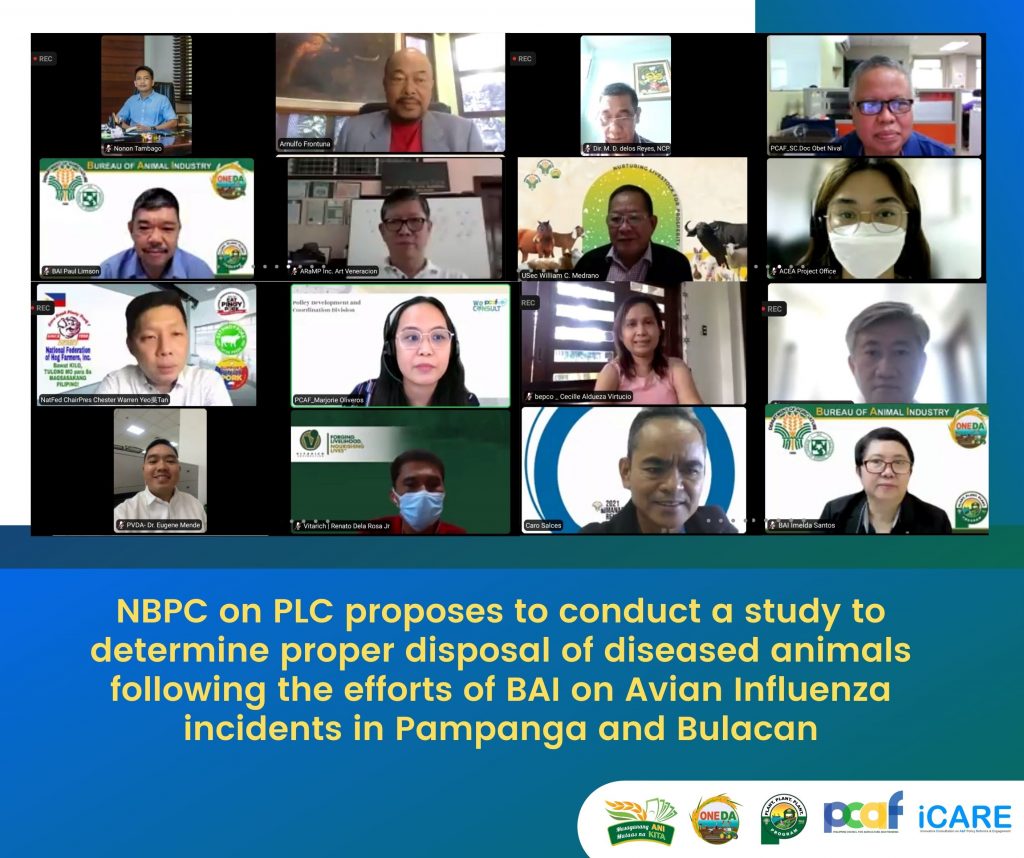
In a special meeting of the National Banner Program Committee on Poultry, Livestock and Corn (NBPC on PLC) on March 1, the Committee proposed to conduct a study that will determine the proper disposal of diseased animals following the efforts of the Bureau of Animal Industry (BAI) on the Avian Influenza incident in Pampanga and Bulacan early this year.
During the height of the Avian Flu incident in 2017, authorities said that incineration of dead animals is seen to be more preferable because it also burns the virus that would eliminate the threat of spread.
According to Dr. Imelda Santos, Officer-in-Charge of BAI’s Animal Health and Welfare Division, there are two incinerators in the BAI Regional Animal Disease Diagnostic Laboratory (RADDL).
The RADDL performs prompt and accurate diagnostic tests of major animal diseases that serve as the basis for the therapeutic, prophylactic and eradication measures of disease outbreaks. However, Dr. Santos said that the incinerators in the RADDL are not smokeless and they are already trying to coordinate with the Department of Environment and Natural Resources for the possible implications under the provisions of the Clean Air Act.
It was January 12 this year when the first Avian Flu case was recorded from a duck farm in Baliuag, Bulacan, then followed by two commercial quail farms in Candaba, Pampanga on January 21. Six days later, another quail layer farm within the one-kilometer quarantine area, within the previous case in Pampanga, was also tested positive.
Almost one month after the first incident, two adjacent quail farms in Pampanga also tested positive from Avian Flu.
According to reports, the government veterinary authorities carried out disease control activities in the provinces. Authorities conducted immediate culling and proper disposal of all remaining birds in the affected farms, facilitate disease investigation (trace back and trace forward), lead surveillance in the one-kilometer quarantine zone around the infected farms, and crafted memorandum circular that contains guidelines on the local movement of domestic and wild birds and poultry products and by-products during the Avian Flu surveillance period
The efforts also included consultative meetings with poultry stakeholders, coordination meetings with the Governors of Bulacan and Pampanga, submission of various reports, and coordination between DA and the Department of Health to avoid the risk of human transmission.
The samples will be sent to the World Organization for Animal Health in Australia for sequencing. BAI will also spearhead continuous surveillance of all poultry within the one-kilometer quarantine area around the infected farms. | JC
